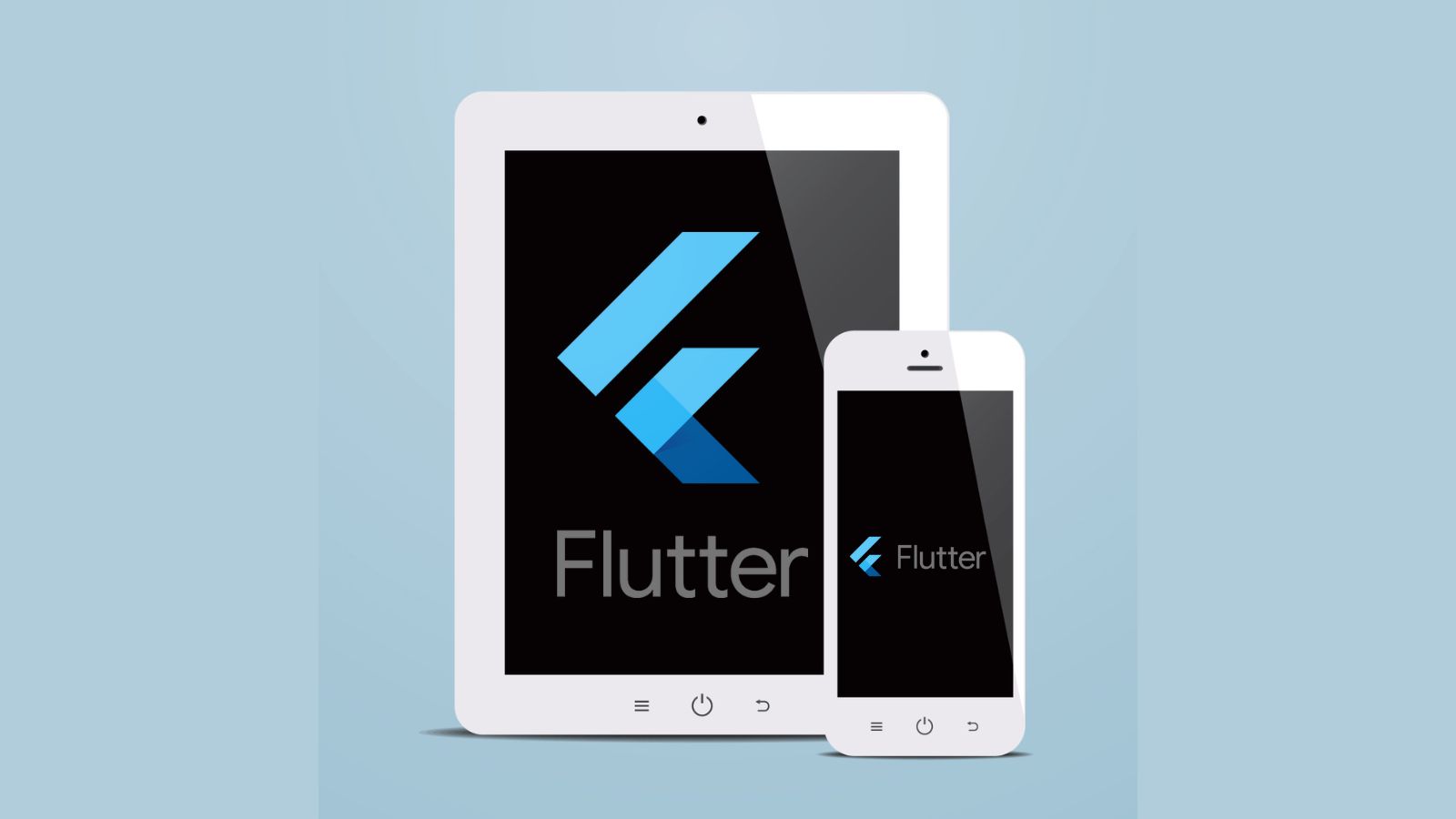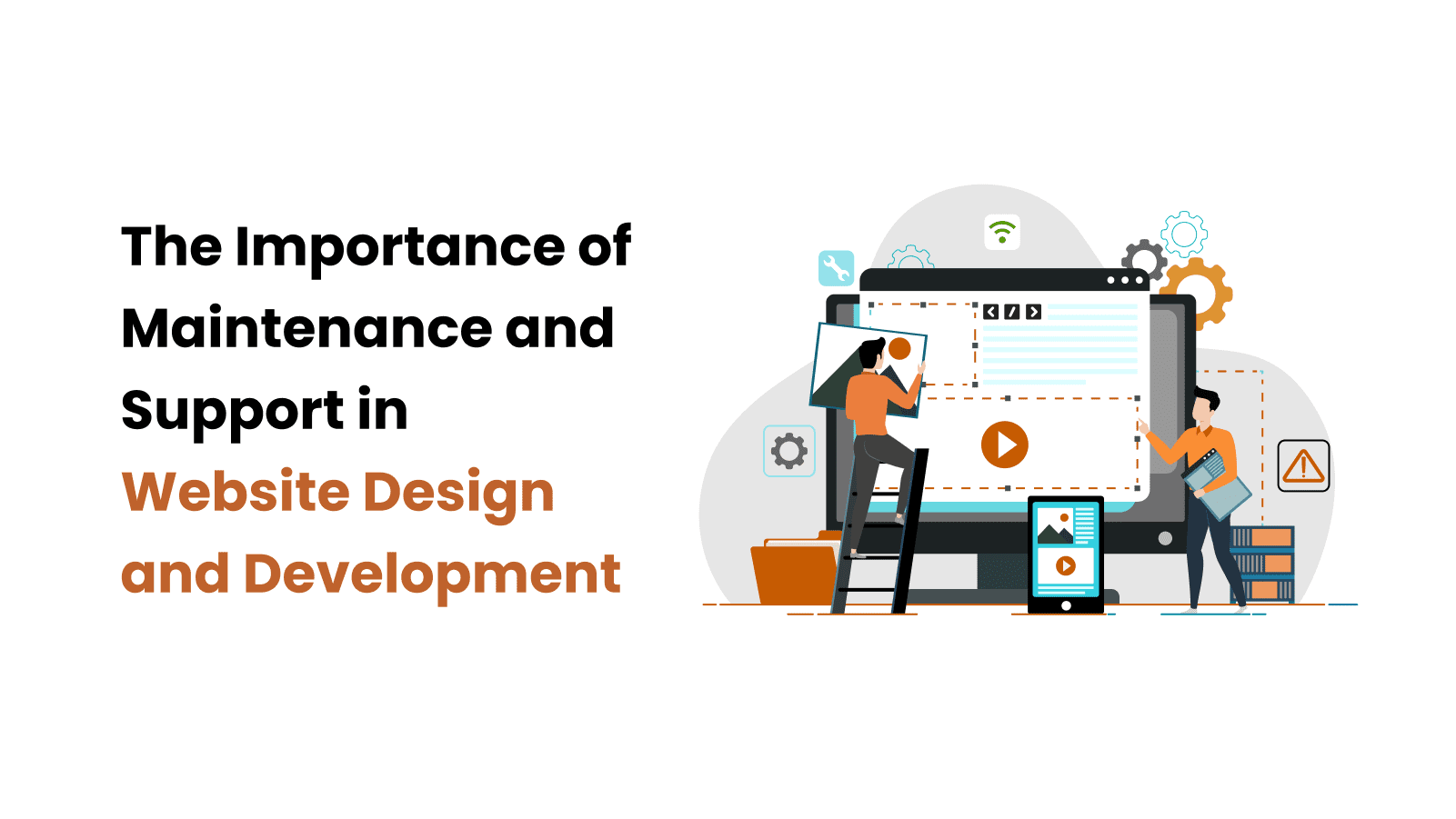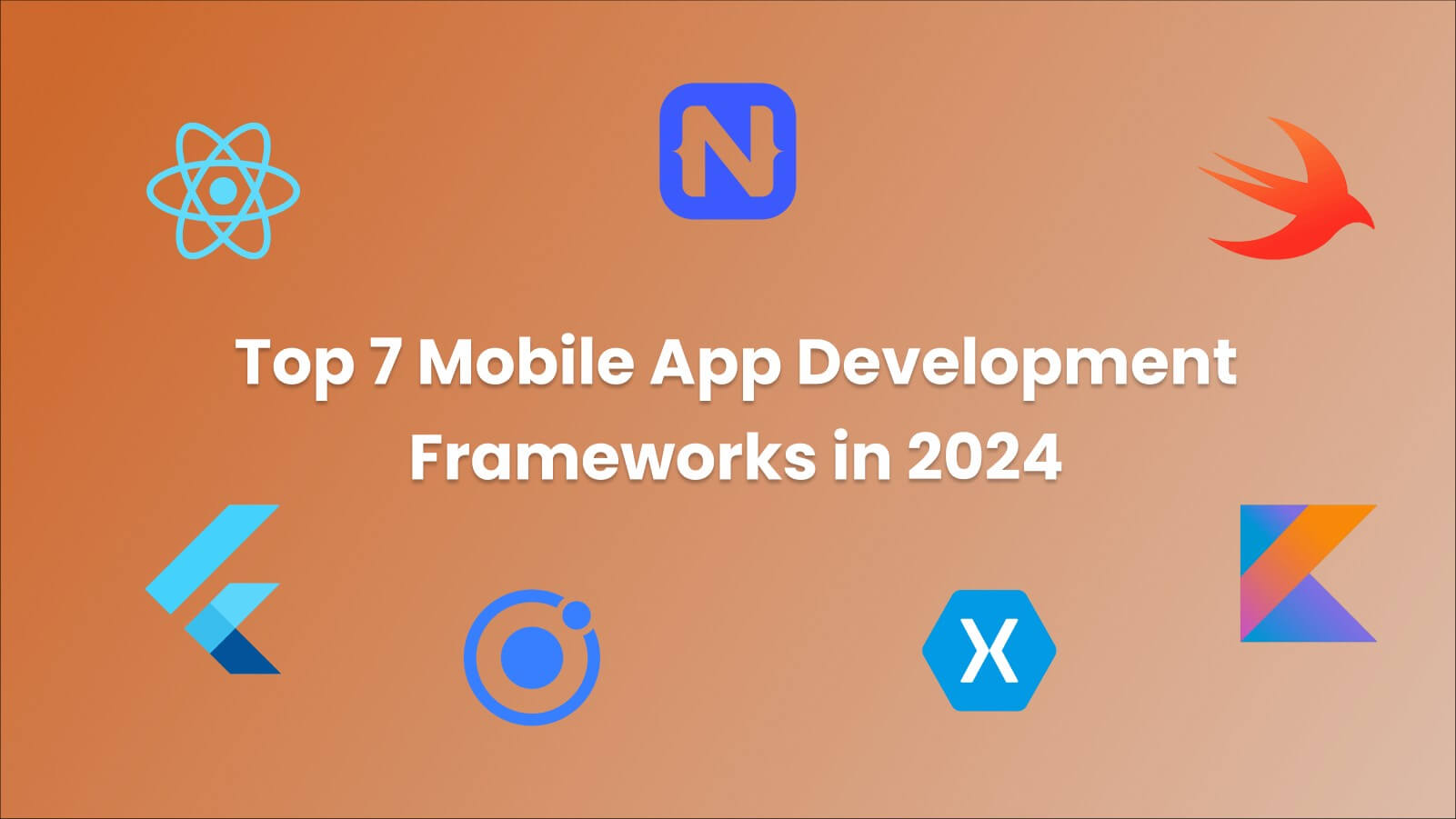
Flutter app development opens up a world of possibilities for businesses seeking a robust and cross-platform solution. With its expressive UI, quick development cycles, and the ability to reach a wide audience seamlessly across iOS and Android platforms, Flutter has become the go-to framework for innovative mobile applications. Entrepreneurs and business owners are continuously seeking innovative ways to engage their audience, and one such avenue is through Flutter app development. However, the burning question on everyone's mind is, "How much does it cost to develop a Flutter app?" In this blog post, we will explore the reasons to choose the Flutter framework, examine various factors that influence the costs of Flutter app development, discuss strategies for cost-effective Flutter app development, and provide guidance on estimating the costs. Additionally, we will offer examples of Flutter app development costs for various projects, aiming to assist business owners embarking on this exciting journey. Here are the top 5 reasons to choose the Flutter framework for your app development project: Flutter allows you to build natively compiled applications for mobile, web, and desktop from a single codebase. This means you can write your app's code once and deploy it on both Android and iOS platforms, saving time and effort in maintaining separate code bases for each platform. One of Flutter's standout features is its hot reload capability. Developers can make changes to the code and instantly see the results without restarting the app. This greatly speeds up the development process, making it easier to experiment, fix bugs, and iterate quickly. Flutter comes with an extensive collection of customizable widgets that help in creating a visually appealing and consistent user interface across different platforms. These widgets not only provide a native look and feel but also contribute to a smooth and responsive user experience. Flutter uses the Dart programming language and comes with its own rendering engine. This allows for high-performance applications with smooth animations and transitions. Additionally, the framework's layered architecture enables direct compilation to native ARM code, reducing the need for a bridge between the framework and the native platform. Flutter has a vibrant and growing community of developers. This means there is a wealth of resources, tutorials, and third-party packages available. Google actively maintains and supports Flutter, ensuring that the framework stays up-to-date with the latest industry standards and trends. Several key factors can impact the cost of Flutter app development. Here are some of the significant factors to consider: The complexity of your app is a crucial factor influencing development costs. Simple applications with basic features will naturally be less expensive than complex apps that involve intricate functionalities, advanced features, or integrations with third-party services. The complexity of the app's design, including UI/UX considerations, custom animations, and graphical elements, can impact costs. Elaborate and custom designs may require more development time and resources. Flutter allows for cross-platform development, but the extent to which you want your app to be available on different platforms (iOS, Android, web, desktop) will affect costs. Developing for multiple platforms typically requires additional effort compared to a single-platform app. If your app needs to integrate with third-party services, APIs, or databases, the complexity of these integrations can impact costs. Some integrations may be straightforward, while others may require more time and effort. Consider the ongoing maintenance and update requirements for your app. Regular updates, bug fixes, and adapting the app to new OS versions can contribute to the overall cost of app development over time. The skill level and experience of the development team working on your project influence costs. Developers with expertise in Flutter may have different hourly rates. Additionally, the geographical location of the development team can impact overall project costs. Thorough testing is essential for a successful app. The more comprehensive the testing process, including manual and automated testing, the more effort and resources are needed, potentially increasing development costs. The timeline for mobile app development can impact costs. Urgent or accelerated timelines may require additional resources or overtime, leading to increased development costs. If your app needs to comply with specific regulations or requires legal considerations (e.g., data privacy laws), the additional steps and measures to ensure compliance can impact costs. Factor in the need for post-launch support and potential updates. Ongoing support, feature enhancements, and addressing user feedback contribute to the overall cost of maintaining the app post-launch. Cost-effective Flutter app development involves strategic planning and implementation. Here are some strategies to help keep the development costs reasonable: Define a clear and detailed project scope before starting development. Clearly outline the features, functionalities, and design requirements to avoid unnecessary additions or changes during the development process. Identify and prioritize the must-have features for the initial release of the app. By focusing on core functionalities first, you can minimize development time and costs, allowing for a faster time-to-market. Leverage Flutter's cross-platform capabilities to build a single codebase for both Android and iOS. This approach can significantly reduce development time and costs compared to maintaining separate code bases for each platform. Take advantage of Flutter's widget system to create reusable components. This not only ensures a consistent user interface but also saves development time as you can use the same components across different parts of the app. Utilize open-source Flutter packages available in the community for common functionalities. This can save development time by integrating pre-built solutions instead of developing everything from scratch. However, ensure the reliability and maintenance of the chosen packages. Optimize graphical assets and design elements to reduce the app's size and improve performance. Smaller app sizes are not only beneficial for user experience but also contribute to lower hosting and distribution costs. Implement agile project management methodologies to streamline development processes. Regular sprints, clear communication, and continuous feedback help identify and address issues early, preventing costly rework later in the development cycle. Choose a development team with expertise in Flutter and relevant technologies. Professional app developers are more likely to produce high-quality code efficiently, reducing the need for extensive debugging and optimization efforts. Implement efficient testing practices, including both manual and automated testing. Comprehensive testing helps catch bugs early in the development process, reducing the likelihood of costly fixes later. Consider using cloud services for hosting and backend infrastructure. Cloud platforms often provide scalable solutions, allowing you to pay for the resources you use, which can be more cost-effective than traditional hosting models. Adopt an iterative development approach, releasing incremental updates and gathering user feedback. This allows you to make adjustments based on user input, preventing major rework and associated costs. Integrate analytics tools to monitor user behavior and app performance post-launch. Analyzing user data can guide future updates and improvements, ensuring that development efforts are focused on features that provide the most value. Estimating the cost of Flutter app development involves considering various factors. While the exact cost can vary based on project specifics and developer rates. Let's consider examples of Flutter app development costs for different types of projects. Note: These are general estimates, and actual costs can vary based on various factors such as project scope, complexity, and the geographical location of the development team. Understanding the costs associated with Flutter app development is vital for business owners. While the pricing may vary based on numerous factors, a strategic approach to prioritizing features, selecting the right development team, and planning for scalability can contribute to cost optimization without compromising quality. By making informed decisions, you can ensure that the cost of Flutter application development aligns with the value and success your app brings to your business. Ready to transform your Flutter app vision into reality? Contact us now or send an email to sales@iihglobal.com for personalized Flutter app development estimates. Our Flutter app developers are ready to deliver tailored services that align perfectly with your project's requirements. Let's turn your idea into a remarkable app experience!Reasons to Choose Flutter Framework for Your App Development Project
1) Cross-Platform Development:
2) Hot Reload Feature:
3) Rich Set of Widgets:
4) Performance Optimization:
5) Strong Community and Support:
Key Factors Impacting Flutter App Development Cost
(1) App Complexity:
(2) Design Requirements:
(3) Platform Support:
(4) Integration with Third-Party Services:
(5) App Maintenance and Updates:
(6) Team Expertise and Location:
(7) Testing and Quality Assurance:
(8) Project Timeline:
(9) Legal and Compliance Considerations:
(10) Post-Launch Support:
Strategies for Cost-Effective Flutter App Development
1) Clear Project Scope:
2) Prioritize Features:
3) Cross-Platform Development:
4) Reusable Widgets and Components:
5) Open Source Packages:
6) Optimize Design Assets:
7) Efficient Project Management:
8) Select a Professional Flutter Development Team:
9) Optimize Testing Procedures:
10) Cloud Services and Hosting:
11) Iterative Development and Feedback:
12) Post-Launch Analytics:
How Much Does it Cost to Develop a Flutter App?
1. Basic MVP Flutter App:
2. A Bit Complex Flutter App:
3. Highly Complex Flutter App:
4. Enterprise-Level Flutter App:
Examples of Flutter App Development Costs For Various Projects
(1) Simple To-Do List App (Basic MVP):
(2) E-commerce App (A Bit Complex):
(3) Social Networking App (Highly Complex):
(4) Ride-Sharing App (Highly Complex):
(5) Healthcare Management App (Enterprise-Level):
Conclusion:








